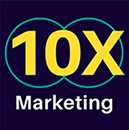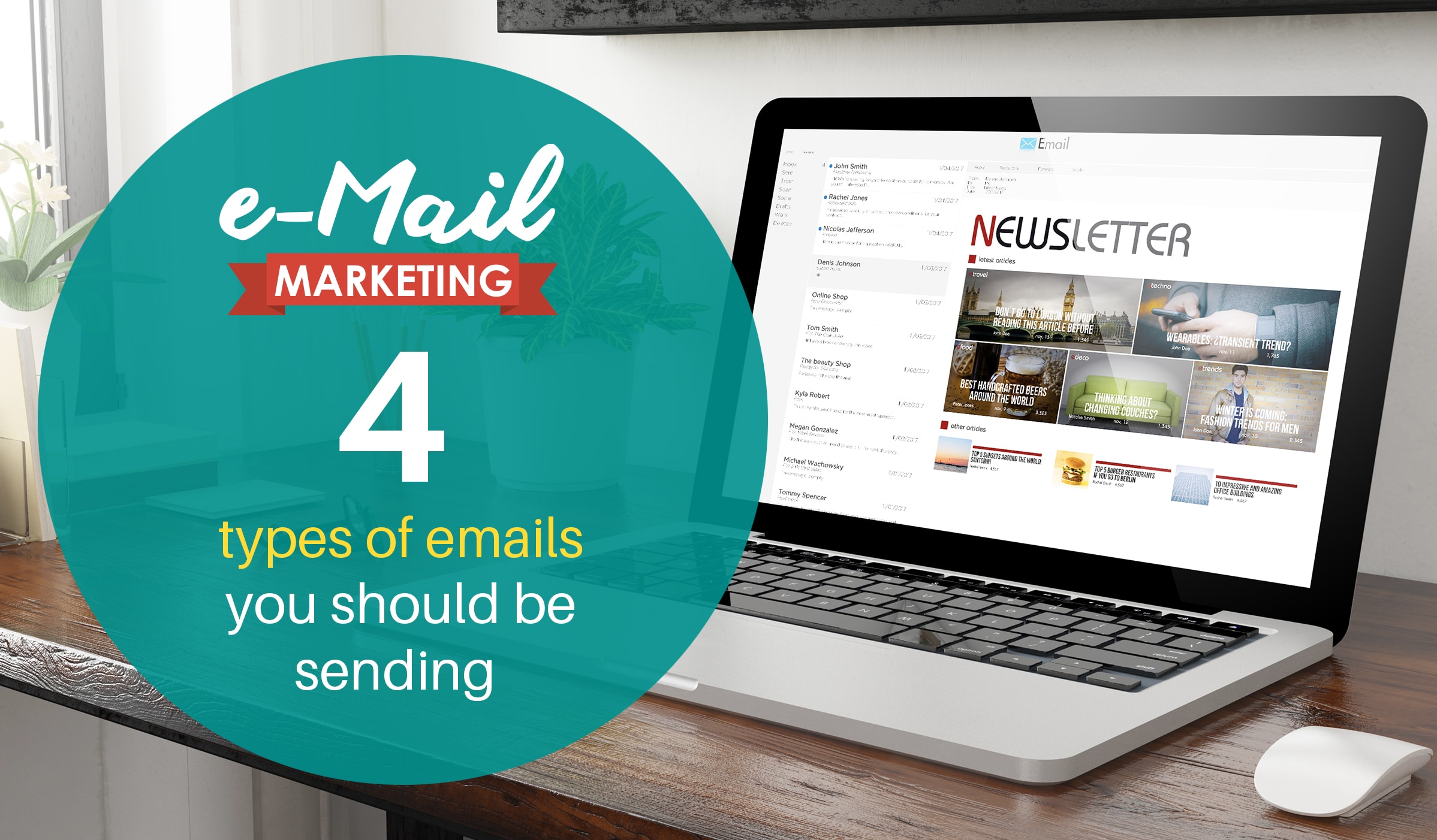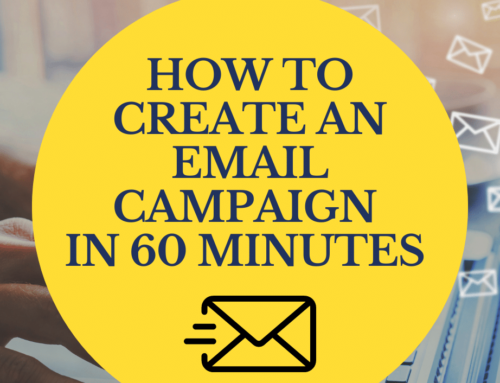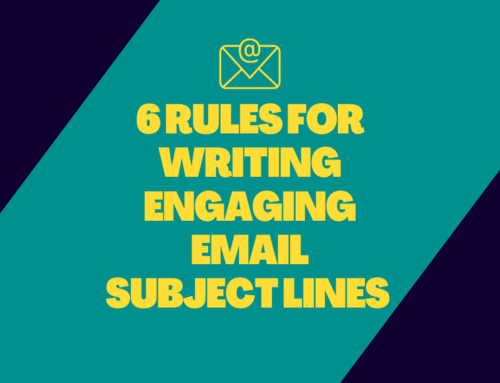When done right, email marketing is a fast, low-cost, and highly effective way to keep prospects engaged with your brand, even when they’re not ready to make a purchase.
If you’re looking to delve into the world of email marketing, we’ve put together a short guide to the four most common email types that will help you convert reluctant prospects into paying customers.
Let’s get started…
Welcome Emails
Welcome emails, on average, are four times as likely to be opened as standard marketing emails, and links within these are five times as likely to be clicked on.
In other words, welcome emails are a crucial part of any email marketing strategy and should set the tone for all future marketing emails.
Ideally, your welcome email should be sent immediately after a prospect or customer has created an account with you or has signed up to receive marketing communications from your business.
Within the email, make sure that your branding is clear and avoid any direct sales attempts. Instead, use this as an opportunity to properly introduce your brand and inform subscribers on what they can expect to hear from you in future emails.
If you suspect that many people have only signed up to your emails to take advantage of a discount code or in exchange for a free download, this is your opportunity to convince them to stick around and prevent them from clicking the dreaded unsubscribe button.
Newsletter Emails
On average, at least half of the leads in your CRM system or email database are not yet ready to make a purchase from you.
For this reason, it’s important that you find ways to keep your brand at the top of your prospects’ minds so that, when they are ready to make a purchase, you’re their first port of call.
Sending regular newsletter style emails (maybe once a week or once a month) is one of the simplest ways to maintain connections with those leads that are not yet ready to make a purchase.
The most effective newsletters will provide valuable information to their database and encourage leads to continue engaging with their brand.
If you’ve never created or sent a newsletter before, here are some ideas to get you started…
- General updates on your company – show what you’ve been up to since the last newsletter
- Announce any new products or services (or any changes to existing products or services)
- Relevant industry news and your take on it
- How your product or service has helped a customer or client recently (this is an example of ‘social proof’)
- Links to any recent blog articles you’ve published, or ‘how-to’ guides that you’ve created
Regardless of what you decide to include in your newsletter, be sure to think about what you’re hoping to achieve with it.
For example, if you’re wanting to drive more people to your website, try limiting the number of external links in your newsletter and make the links to your own web pages more prominent.
For further tips on what to include in your marketing newsletter, check out this article by Active Campaign.
One-off Promotional Emails
Every so often, you’ll have a big company announcement that just can’t wait until the next newsletter.
This is where one-off promotional emails really come in handy.
Unlike weekly or monthly newsletters, which can cover a range of topics, these dedicated emails focus on just one particular message, such as a new product or service announcement or an exclusive event invitation.
When it comes to designing these emails, be sure to keep the layout and copy as simple and as straightforward as possible. You also want to ensure that the call-to-action (CTA) tells the reader exactly what they need to do next.
Some of the most effective CTA examples include…
- Read the full story here
- Secure your seat today
- Download your copy
- Shop now
- Claim your discount
- Click here for more information
- Start your free trial
Because these emails focus on just one message and therefore have just one particular goal, it can be easy to measure the success of one-off promo emails in terms of open rate or click-through rate.
But approach with caution. These emails should only be reserved for big company announcements. If you get into the habit of sending these too often, they could start to lose impact over time.
Re-engagement Emails
Did you know that the cost of turning an inactive email subscriber into a customer is five times less than acquiring a brand-new customer?
With that in mind, it’s easy to see why so many businesses spend time trying to re-engage those subscribers that haven’t interacted with their last few emails.
If you’ve noticed a drop in your email engagement metrics (think open rates and click through rates), it’s worthwhile pulling together a re-engagement email or email series.
A re-engagement email (sometimes called a reactivation email or win-back email) is most commonly sent 1-2 months after a subscriber last opened an email or clicked on a link, and often includes one (or a mix) of the following…
- A reminder that they’ve not engaged with your brand in a while. Some common subject lines for this include: ‘We miss you’, ‘You still there?’, and ‘Are we… breaking up?!’
- A direct request for them to provide feedback on why they are no longer engaging with your brand (or to review their email preferences)
- An offer to persuade them to re-engage
- A final goodbye, with a reminder that they can re-subscribe at any time
If a subscriber still doesn’t re-engage after your email or sequence has finished, it might be time to remove them from your mailing list. Your engagement rate will likely go up as a result!
How 10X Marketing can help you
And there you have it… Four types of marketing emails that can work for any business, regardless of what you sell and who you sell it to.
If you’re looking for support writing marketing emails or pulling together an email marketing strategy, reach out to the team here at 10X Marketing.
As content marketing specialists, we can help you nurture prospect leads into valued customers with a highly targeted email marketing strategy. Find out more here.







Leave A Comment